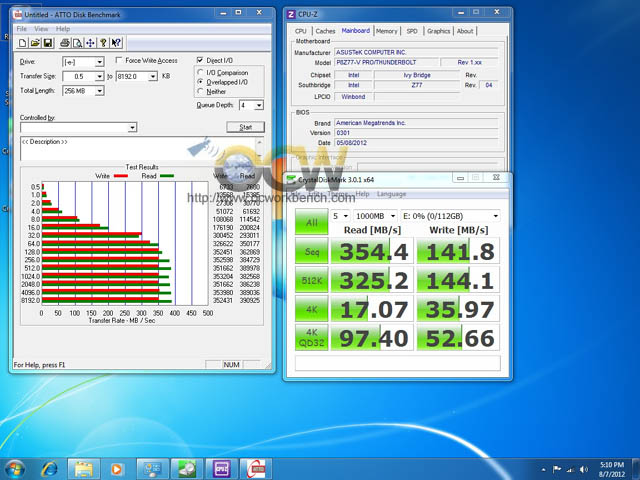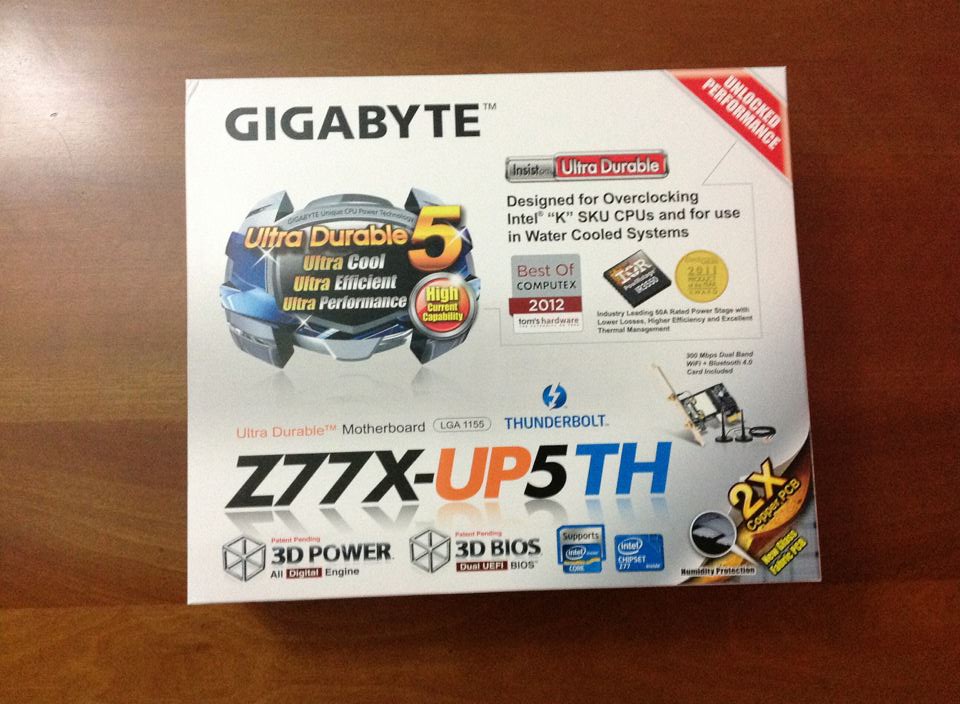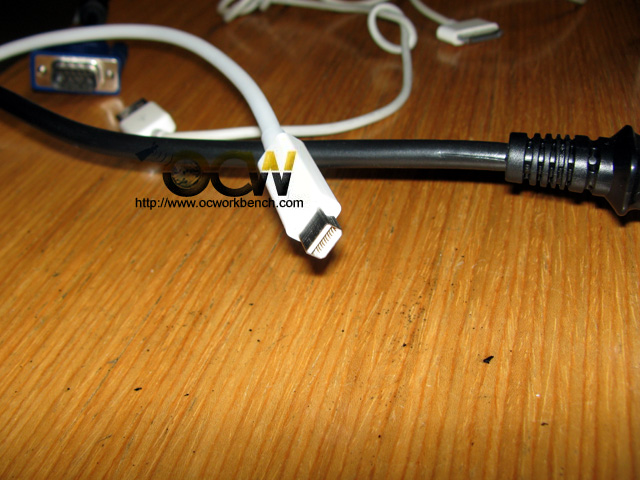Thunderbolt vs USB 3 performance tested on Gigabyte Z77X-UP5 TH
Bt 1 Aug 2012
Intel Z77 chipset has made inroads these days with USB 3.0 connectivity. Unfortunately, the USB 3.0 is still an extension of USB 2.0, providing a channel for data storage. Although USB 3.0 is fast, it still runs slower than eSATA which is practically extending the on board SATA to the external housing of the PC.
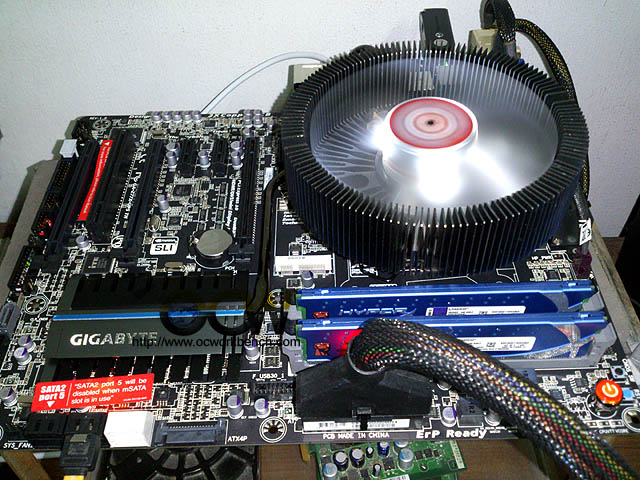
Welcome Thunderbolt, the next generation connectivity option already available on the MAC last year. It is beginning to show up on PC Desktop motherboards.
Today, we take a look at the first Thunderbolt capable PC motherboard – Gigabyte Z77X-UP5 TH. This board has all the bells and whistles of the Z77X-UD5H WIFI plus 2 Thunderbolt ports. We won’t be going into the details of the motherboard as we are interested to check out the performance of Thunderbolt using a SSD.
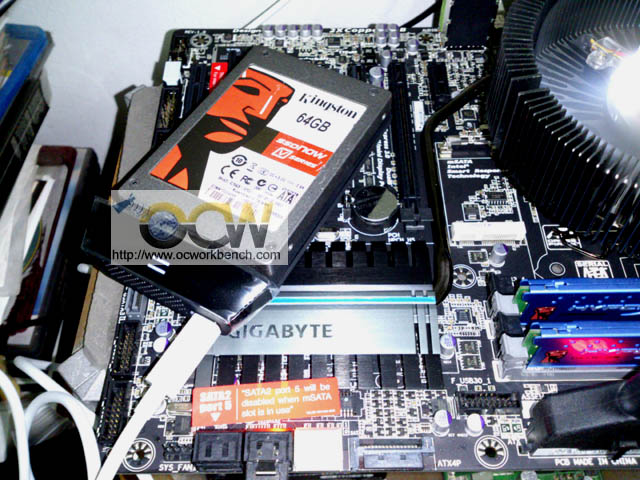
In our experiment, we will use the Gigabyte Z77X-UP5 TH motherboard with the Apple Thunderbolt cable provided by the distributor. As for the device itself, current market options are limited and are costly.
Instead, we pair up our old Kingston SSD Nov V series 64GB SNV425/64GB with the Seagate GoFlex Thunderbolt adaptor. The USB 3 test is done with the same SSD mounted onto the Sunbeamtech HDDPAL USB 3 docking station.
On the next page, we will examine the performance usnig two simple utility, SiSoft Sandra Disk Benchmark and CrystalDIskMark.
